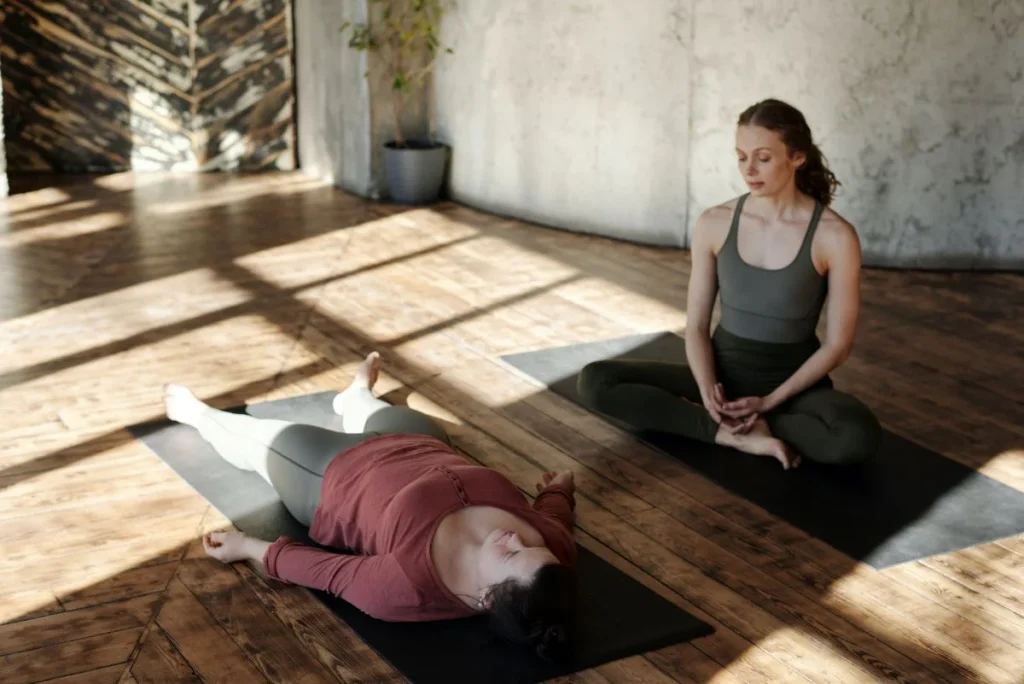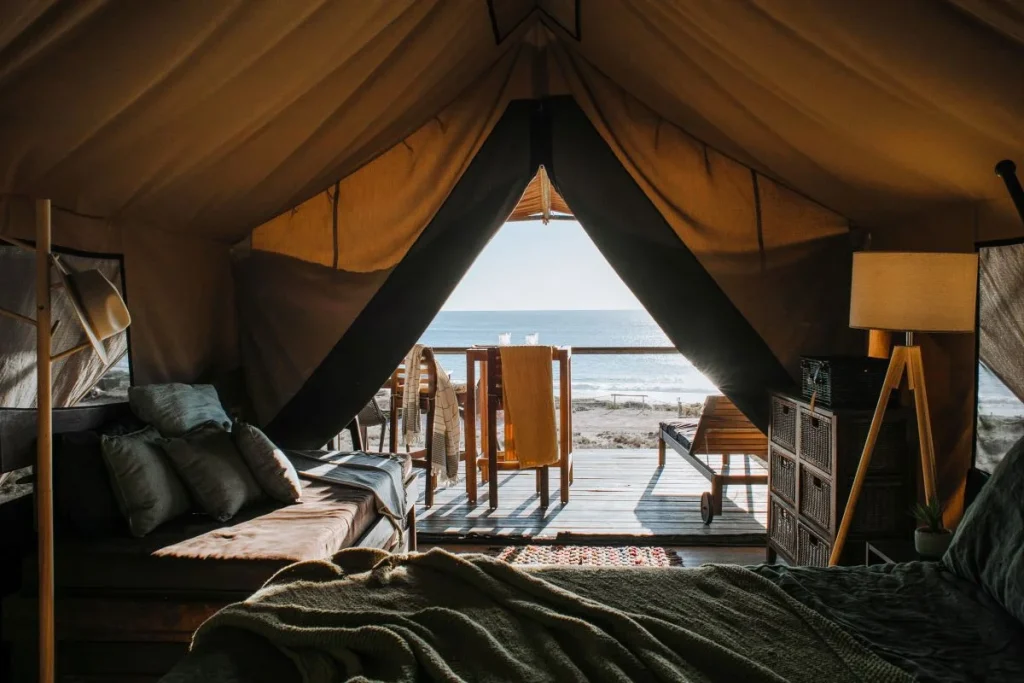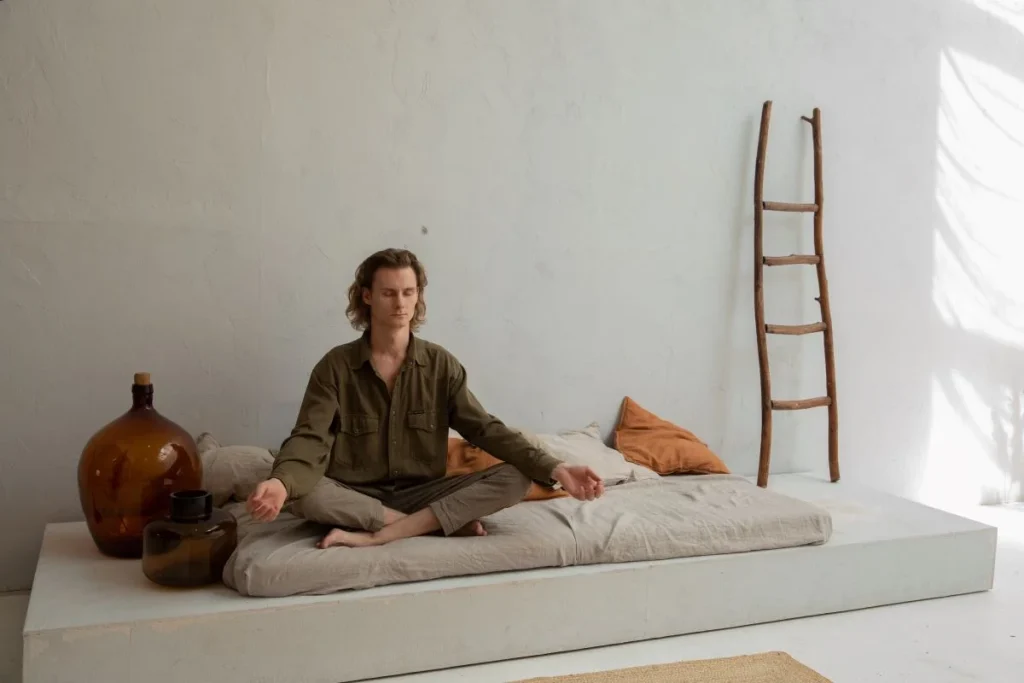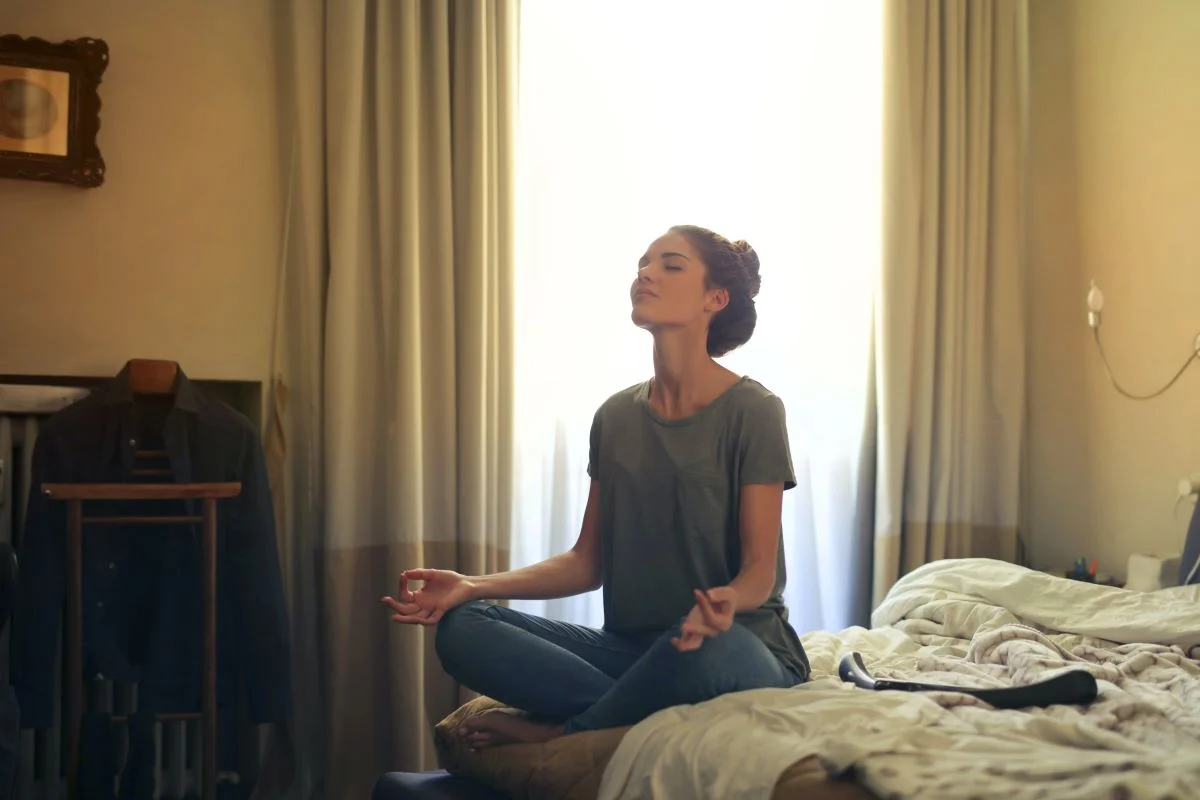The concept of living well and both relate to a person’s quality of life and the environment they thrive in. Dedicating a place in your home for improving or having time for your wellness is the key to balancing your overall health, mentally, physically, and emotionally.
It’s important to have a specific space to retreat to after a busy, stressful day or week. Truly living well personal care home starts at your Subdivision in Cavite offering a unique way to self-care and mindfulness. You should be creating your own “my personal wellness plan” and tips for home relaxation room ideas that are tailored to your needs and preferences.
How to Create Your Wellness Space

1. Know Your Intention
This clarity ensures that the room meets specific wellness goals and aligns with the needs and preferences of those who will use it, ultimately enhancing its ability to support mental, emotional, and physical health.
Setting the goals and objectives for building your wellness room is crucial as this shapes your wellness room’s design, purpose, and effectiveness in elevating your well-being. Once you set your goals, you can add the needed details and design that will tailor the amenities and features needed for relaxation, meditation, fitness, and stress relief.
For instance, it can be a hobby like reading books to achieve mental health satisfaction. Decorate your space with enough books that you are currently reading or plan to read. Use enough lighting and scents to help with your focus.
2. Choose the Right Location
A wellness space should be part of your considerations when making your home. It’s a place not for the sake of lounging but for conscious self-care and mindfulness. It’s an area where you can manage the stress you felt throughout the day and improve your overall well-being.
It’s an area in your home that is different from the others since it is a dedicated space for a specific purpose. Choosing the right location is just as important for instance, choose a well-lit area that doesn’t have too much light. You can also choose an area that can blend with the outdoors.
3. Remove Distractions
Creating your wellness space means a place for you to focus on yourself and a place of alone time. Once you start associating your wellness to your everyday lifestyle, it will eventually become a habit.
As a space for focus and connectivity of self-indulgence, you essentially must remove distractions that would obstruct you and your focus. Turn off electronic gadgets, bright lights, clutter, and anything that is eye-sore that distracts your surroundings.
Keep your space away from noise distractions or use a Bluetooth speaker to put on some calming music or white noise. Make sure you have a playlist ready to avoid having to use your phone to choose the music.
4. Mood Lighting
A well lit wellness room is crucial in setting the overall atmosphere and emotional state during your sessions. Mood lighting or soothing lights should be properly designed to create a tranquil and soothing ambiance. This not only helps reduce stress but also soothes any feeling of tension and promotes relaxation.
Light, even indoors can affect the body use mesh curtains to lessen lighting coming from the windows. Being able to adjust the lighting will not only be a personalized experience but also adapt to your needs which can also depend on your mood.
5. Set the Environment
To set the ideal environment, curate elements in your wellness space that stimulate your senses and strengthen your self-care routine. Use an essential oil diffuser for aromatherapy, a white noise machine or fountain to drown out distractions, and brew herbal tea or lemon water to enhance your practice. This sensory approach reinforces your wellness journey, providing a strong foundation for ongoing self-care.
Wellness Room

Meditation room
Crafting a meditation sanctuary within your home allows for uninterrupted mindfulness practice. Incorporate calming elements such as muted colors, soft textures, and tranquil lighting to create an atmosphere of serenity. Ensure minimal distractions, dedicating a quiet corner to inner peace and self-reflection, making meditation a seamless part of your daily routine.
Spa Room
Transform your space into a spa-like retreat for ultimate self-care and relaxation. Features like massage tables and hot tubs promote stress release and circulation enhancement. Sensory shifts, including moody lighting and distinct materials, transport you to a sanctuary for the body, evoking feelings of escapism and tranquility. Designing a spa room allows you to prioritize self-care and rejuvenate within the comforts of your home.
Gym Room
In today’s wellness landscape, having a home gym has surged in popularity, especially since the pandemic era. The allure of a personal fitness haven lies in its sheer convenience and the ideal environment it offers for focused workouts. To elevate your home gym, contemplate designating a well-ventilated, spacious area for exercise equipment. With thoughtful organization, a splash of inviting colors, and perhaps some textured elements, you can fashion a space that not only motivates consistent exercise but also enhances your overall well-being.
Living Well Personal Self-Care Ideas

Social connection
Fostering and maintaining social relationships is a core component of an individual’s well-being. Positive social ties greatly enrich one’s mental and emotional health. Be it through quality moments with close companions, becoming part of social circles, or actively participating in community affairs, nurturing these connections can significantly enhance your overall life satisfaction.
Mental and Physical Health
Caring for your personal well-being involves looking after both your mental and physical health. This can be achieved through practices like mindfulness, meditation, or seeking guidance from a therapist or other mental health professional to manage your emotions and mental state effectively. Equally important is maintaining physical health through regular exercise, a balanced diet, and ensuring you get enough restful sleep. Striking a balance between both mental and physical well-being is key to leading a fulfilling and harmonious life.
Financial and Personal Stability
Financial and personal stability are key components for overall personal well-being. Striving for financial security and adeptly managing your finances can alleviate stress and anxiety, leading to improved mental well-being. Additionally, setting and accomplishing personal goals, effectively handling stress, and maintaining a healthy work-life balance are integral elements of personal stability that can elevate your overall sense of wellness.
Create a wellness plan
Creating a personalized wellness plan is a proactive step toward better health and well-being. Consulting with a healthcare professional can help you assess your current physical wellness, set goals, and establish a plan tailored to your needs. Your wellness plan should encompass various dimensions, including nutrition, exercise, sleep, and regular health check-ups. Periodically revisiting and adjusting your plan ensures that it continues to meet your evolving wellness needs, helping you lead a happier and healthier life.
My Personal Wellness Plan

1. A good nutritional meal
In your wellness plan, a balanced diet is key for overall health. It’s more than just eating – it’s choosing nutrients that fuel your body. Think of meals as a chance to nurture yourself. For personalized dietary guidance, consult a dietitian or use available resources. Food impacts weight, energy, and overall health. It also influences mental clarity, emotional balance, and long-term vitality. Prioritize nutrition for holistic well-being.
2. Getting enough sleep
Just as nutrition lays the foundation for well-being, adequate sleep is another vital pillar of your personal wellness plan. Establish a consistent, age-appropriate sleep routine ensuring you receive adequate rest. Quality sleep is vital, impacting stress levels, cognitive function, and daily challenges. Prioritizing rest rejuvenates your body and mind, supporting holistic health.
3. Physical exercise
A holistic wellness approach emphasizes the importance of physical activity, which complements other vital elements like nutrition and sleep. Customizing an exercise routine to match your fitness level and personal preferences, whether through activities like walking, jogging, cycling, or others, is key. Engaging in regular physical activity enhances both physical and mental well-being. Setting achievable fitness goals and tracking progress plays a significant role in maintaining a healthy and active lifestyle, perfectly aligning with holistic wellness principles.
4. Adjust your wellness plan accordingly
Your wellness plan isn’t static; it should adapt to your changing needs and circumstances. Regularly review your plan, assess your goals, and make adjustments as necessary. Life changes and new challenges may require modifications to your plan to ensure it remains effective in promoting your well-being. Embrace change as a positive step towards continued growth and improvement in your overall wellness journey.
Related Blog: Is a Steam Room a Viable Option in Your Home?


